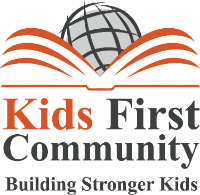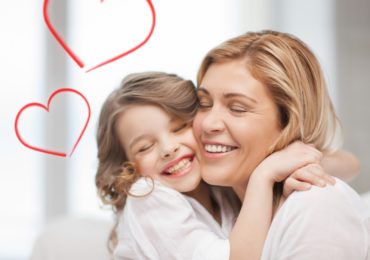Searching for a sense of connection and definition of who they are, children, teenagers, and young adults often join in groups. Sharing common identity is a normal part of growing up. However, when such groups are involved in delinquent or wrongful behavior, we call it a youth gang.
Shocking statistics of juvenile gangs
Children and teenagers of all races, genders, and cultures join youth gangs, both in cities and rural areas. The most common age joining a gang is between 13 and 15 years old. Contrary to common belief, girls also join gangs in large numbers. 40% of all gang members in the U.S. are juveniles – that is around 400,000 teenage gang members. 90,000 boys and 14,000 girls under age of 19 are in some form of correctional facility due to gang affiliation.
Why teens join youth gangs
Juveniles join gangs for different reasons, but the most common are:
-the need to feel accepted (sense of belonging, protection, security, power, or peer status; gang becomes a family)
-need for protection (to protect themselves or their family members from other gangs in neighborhoods where gangs are way of life)
-need for money (better clothes etc., higher social status, respect from others)
-violent history (being exposed to violence inside their family or gang involvement of family member)
-low self-esteem, psychological disorders (attention deficit hyperactivity disorder – ADHD, oppositional defiant disorder – ODD)
Involvement in a youth gang is high-risk behavior
Joining a gang is a high-risk behavior which always has deep and serious consequences. Joining a gang disrupts kids’ normal development and prevents them from future success in many ways.
The worst and most obvious risks are violence, injuries, and death. Juveniles who are members of gangs usually carry illegal weapons to either protect themselves or retaliate for real or perceived wrongs done to them or to other gang members. Consequences of violent behavior are especially dangerous when there is a climate of war between different gangs or when a young person is imprisoned and recognized as a gang member. Very often the lives and well being of friends and families of those who join gangs are in real danger as well.
Young people involved with gangs are more likely to:
– use drugs and alcohol; this further leads to possible motor vehicle accidents, violence, problems with social interaction and relationships, risky sexual behavior, infectious diseases, teen pregnancy etc.
-end up in a correctional facility; gang initiation often means being pressured by delinquent friends and peers to commit a crime in order to become accepted by the gang.
-quit school and have problems finding a job; exposure to violence, lack of education and work experience leads to dysfunctional social skills and an inability to fit into a work environment which makes young adults feel even more hopeless about building a future and seeking financial opportunities outside a gang.
Prevention is the best way to save children from joining gangs. Although preventing kids from gang exposure usually requires strong cooperation between parents and public health and safety professionals, the professionals’ efforts alone are not enough to stop involvement in juvenile gangs. Parents play the key role in preventing children from joining youth gang.







